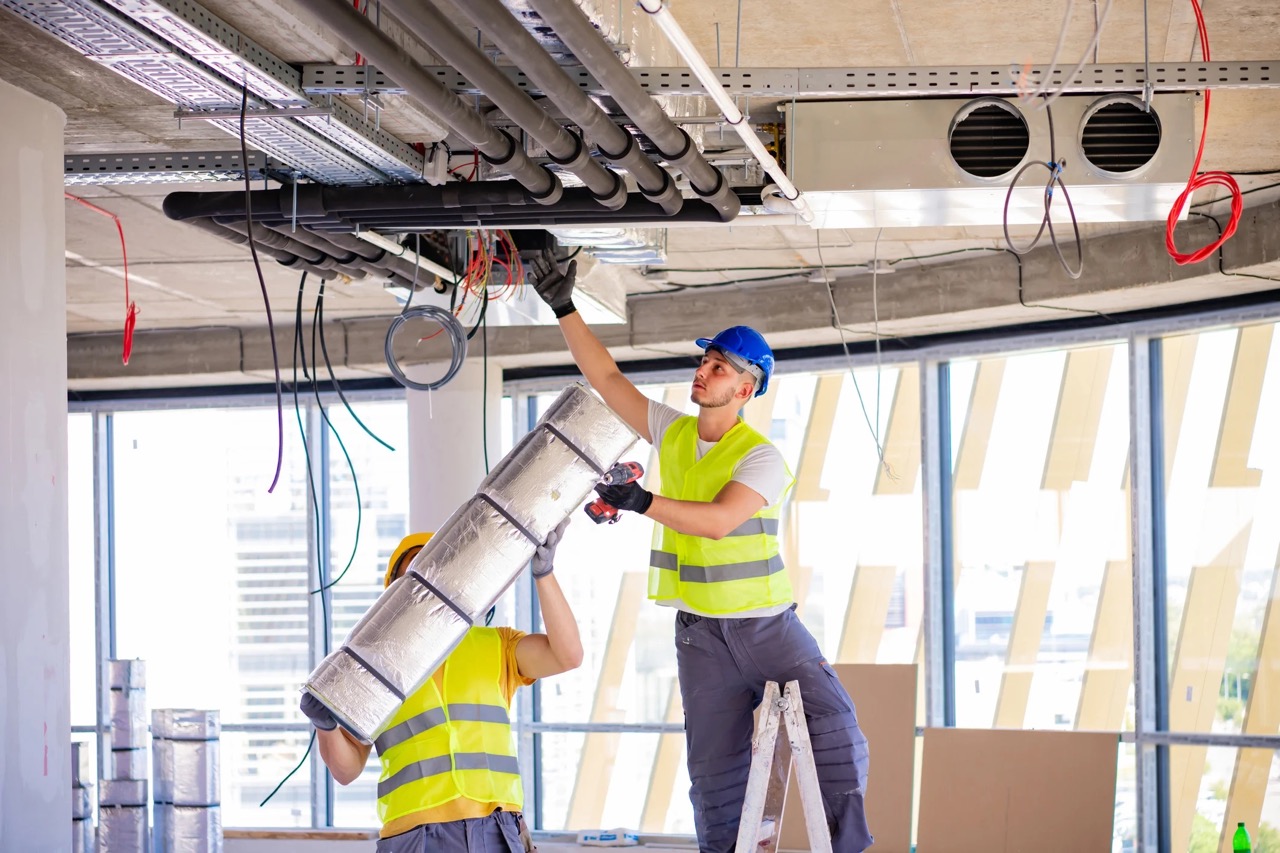

Articles
What Does An HVAC Installer Do
Modified: December 7, 2023
An HVAC installer is responsible for installing and maintaining heating, ventilation, and air conditioning systems. Learn more in our informative articles.
(Many of the links in this article redirect to a specific reviewed product. Your purchase of these products through affiliate links helps to generate commission for Storables.com, at no extra cost. Learn more)
Introduction
Welcome to the world of HVAC installation! If you’ve ever wondered what HVAC installers do and how they contribute to our daily lives, you’ve come to the right place. HVAC installers play a crucial role in the heating, ventilation, and air conditioning industry, ensuring that our homes, offices, and other buildings are comfortable and safe.
In this article, we will explore the job overview of HVAC installers, their responsibilities, and the skills and qualifications required to excel in this field. So, let’s dive in and discover the fascinating world of HVAC installation!
HVAC installers, also known as HVAC technicians or mechanics, are responsible for installing, maintaining, and repairing heating, ventilation, and air conditioning systems. These systems are essential for controlling indoor temperature, humidity, and air quality, creating a comfortable and healthy environment for occupants.
Working primarily in residential, commercial, and industrial settings, HVAC installers ensure that HVAC systems function efficiently and effectively. They work closely with contractors, architects, and building owners to design and implement HVAC solutions that meet the unique requirements of each facility.
In addition to installation, HVAC installers also perform routine maintenance and inspections to ensure that systems are operating optimally. They troubleshoot problems and diagnose issues, utilizing their expertise to recommend and implement the necessary repairs.
As the demand for energy-efficient and environmentally friendly HVAC systems grows, the role of HVAC installers becomes even more critical. These professionals are essential in promoting sustainable practices and reducing energy consumption, ensuring a greener and more sustainable future.
So, whether you’re interested in pursuing a career as an HVAC installer or simply want to understand more about their crucial role, continue reading to explore the exciting world of HVAC installation!
Key Takeaways:
- HVAC installers play a crucial role in creating comfortable, energy-efficient environments by installing, maintaining, and repairing heating, ventilation, and air conditioning systems. Their expertise contributes to the well-being of building occupants.
- The job outlook for HVAC installers is promising, with increasing demand for energy-efficient systems and environmentally friendly solutions. Continuous learning, certifications, and exceptional customer service are key to success in this rewarding career.
Read more: What Does An HVAC Actuator Do
Job Overview
As an HVAC installer, your primary role is to install, maintain, and repair heating, ventilation, and air conditioning systems. These systems can vary in complexity, from small residential units to large commercial and industrial setups. Your job is to ensure that these systems are installed properly and function at their optimal level.
One of the key responsibilities of an HVAC installer is to evaluate the space where the HVAC system will be installed. This involves examining the layout of the building, the existing ductwork, and the electrical system. By understanding the unique characteristics of the space, you can determine the best approach for installing the HVAC system.
Once the evaluation is complete, you will proceed with the installation process. This typically involves assembling and mounting the HVAC components, connecting the ductwork, and ensuring that all electrical connections are properly configured. You may also need to perform tests to ensure that the system is operating correctly.
In addition to installation, you will also be responsible for routine maintenance and inspections. This can include tasks such as cleaning filters, lubricating moving parts, and checking for any potential issues. Regular maintenance is crucial for preventing breakdowns and ensuring the longevity of the HVAC system.
If there are any issues or malfunctions with the HVAC system, you will be tasked with troubleshooting and making repairs. This may involve diagnosing the problem, replacing faulty components, or adjusting settings to restore functionality. Your ability to quickly identify and resolve issues will be key in keeping customers satisfied and their HVAC systems running smoothly.
As an HVAC installer, you will work with a variety of tools and equipment. This can range from common hand tools like screwdrivers and wrenches to more specialized equipment such as pressure gauges and multimeters. It is essential to have a good understanding of how to use these tools effectively and safely.
Overall, being an HVAC installer requires technical expertise, problem-solving skills, and attention to detail. You must be able to follow building codes and safety protocols to ensure that installations are performed correctly and meet regulatory standards. Additionally, good communication skills are crucial, as you will often interact with customers and need to explain complex concepts in a way that is easy for them to understand.
Responsibilities
As an HVAC installer, you have a diverse range of responsibilities that are essential for ensuring the efficient functioning of heating, ventilation, and air conditioning systems. Let’s take a closer look at the key responsibilities you can expect to encounter in this role:
1. Installing HVAC Systems: Your primary responsibility is to install HVAC systems in residential, commercial, or industrial buildings. This involves carefully following blueprints and specifications to ensure that all components are installed correctly. You will be responsible for assembling and mounting HVAC units, connecting ductwork, and configuring electrical connections.
2. Ductwork and Ventilation: Properly laying out and connecting ductwork is crucial for efficient airflow and distribution of conditioned air. Your responsibilities may include measuring, cutting, and installing ducts, ensuring that they are properly sealed and insulated. You will need to understand the principles of airflow and ventilation to optimize the system’s performance.
3. Electrical Connections: HVAC systems require electrical connections to operate effectively. You will be responsible for connecting wires, testing electrical components, and ensuring that the system is properly grounded. It is crucial to have a good understanding of electrical systems and safety protocols to avoid any hazards.
4. Troubleshooting and Repairs: HVAC systems can experience issues or malfunctions, and it is your responsibility to diagnose and resolve these problems. This may involve conducting diagnostic tests, identifying faulty components, and making the necessary repairs or replacements. Strong problem-solving skills and knowledge of HVAC system operations are essential for effective troubleshooting.
5. Customer Service: As an HVAC installer, you will often interact with customers, answering their questions, and addressing any concerns they may have. Providing excellent customer service is important to ensure customer satisfaction and maintain a positive reputation for yourself and your company. Clear communication and a friendly, professional demeanor are important in building trust with customers.
6. Regular Maintenance: HVAC systems require regular maintenance to keep them running smoothly and prevent potential issues. Your responsibilities may include cleaning or replacing air filters, lubricating moving parts, and checking for any signs of wear and tear. Conducting routine maintenance helps prolong the life of the system and improves its efficiency.
7. Keeping Up with Industry Trends: The HVAC industry is constantly evolving, with new technologies and advancements emerging regularly. It is important to stay informed about industry trends and developments to remain competitive and provide the best service to your customers. This may involve participating in training programs, attending seminars, or obtaining additional certifications.
As an HVAC installer, you play a vital role in ensuring that HVAC systems are installed correctly, maintained properly, and repaired promptly. By carrying out these responsibilities diligently, you contribute to the overall comfort, safety, and efficiency of buildings and the well-being of their occupants.
Installing HVAC Systems
Installing HVAC systems is one of the primary responsibilities of an HVAC installer. This crucial task involves carefully following blueprints and specifications to ensure that the system is installed correctly and functions optimally. Let’s take a closer look at the process of installing HVAC systems:
1. Evaluation and Planning: Before beginning the installation process, HVAC installers must evaluate the space where the system will be installed. This involves assessing the size of the area, identifying the ideal location for equipment placement, and determining the best route for ductwork. By understanding the unique characteristics of the space, installers can plan the installation process more effectively.
2. Assembling HVAC Components: Once the evaluation and planning phase is complete, installers begin assembling the components of the HVAC system. This may include unpacking and organizing equipment such as air conditioning units, furnaces, heat pumps, and air handlers. Attention to detail is crucial during this stage to ensure that all necessary components are accounted for and properly fitted together.
3. Mounting Equipment: HVAC installers carefully mount the equipment in its designated location, following manufacturer’s specifications and building codes. This may involve securing units to walls or roofs, ensuring stability and proper ventilation. A level and secure installation is important to prevent any potential safety hazards or equipment damage.
4. Connecting Ductwork: Ductwork plays a vital role in distributing conditioned air throughout the building. Installers must accurately measure, cut, and connect ducts to ensure optimal airflow. Proper sealing and insulation of ductwork are crucial to prevent air leaks, maintain energy efficiency, and ensure that conditioned air reaches its intended destination.
5. Configuring Electrical Connections: HVAC systems require electrical connections to facilitate controls, power supply, and communication between different components. HVAC installers are responsible for connecting electrical wires, following necessary safety protocols, and ensuring that the system is grounded properly. Testing electrical connections and ensuring they meet electrical codes and regulations is essential for the safe and efficient operation of the system.
6. Testing and Start-up: After the installation is complete, HVAC installers perform thorough testing to ensure that the system is functioning properly. This may involve checking for any refrigerant leaks, verifying proper airflow, and testing the functionality of controls and thermostats. Once the system has been successfully tested, it can be officially started up and handed over to the customer.
Throughout the installation process, HVAC installers must prioritize attention to detail, accuracy, and adherence to safety standards. By installing HVAC systems correctly, you ensure that buildings are equipped with reliable and efficient heating, ventilation, and air conditioning that meet the occupants’ needs.
Ductwork and Ventilation
Ductwork and ventilation play a crucial role in the overall performance and efficiency of HVAC systems. As an HVAC installer, it is important to have a good understanding of ductwork design and installation to ensure optimal airflow and effective distribution of conditioned air. Let’s explore the importance of ductwork and ventilation in HVAC systems:
1. Designing Ductwork: Designing the ductwork involves determining the size, shape, and layout of the ducts to deliver air efficiently throughout the building. This requires calculations based on the specific airflow requirements and building design. Properly designed ductwork helps to minimize pressure losses and ensure that conditioned air reaches its intended destination without any significant drop in temperature or airflow.
2. Measuring and Cutting Ducts: HVAC installers must accurately measure and cut ducts to fit the unique layout and configuration of the building. This ensures that the ducts are the correct length and size, optimizing airflow and minimizing turbulent air currents. Attention to detail is crucial during this stage to prevent any air leaks or inefficient distribution of air.
3. Connecting Ducts: HVAC installers connect ducts using various fittings and seals to ensure a secure and airtight connection. Properly sealed ductwork prevents air leakage, which can significantly affect the overall system efficiency and performance. It is important to use appropriate sealing methods and materials to minimize any potential air leaks along the ductwork path.
4. Insulating Ducts: Insulating ductwork helps to maintain the desired temperature of the conditioned air during transit. Proper insulation minimizes heat gain or loss, ensuring that the air remains at the correct temperature as it flows through the ducts. This is particularly important in spaces where temperature control is critical, such as hospitals or data centers.
5. Balancing Airflow: HVAC installers must ensure proper airflow balance throughout the building. This involves adjusting dampers and registers to achieve uniform airflow in each room or area. Proper airflow balancing helps to maintain consistent comfort levels and prevents any pressure imbalances in the system.
6. Cleaning and Maintaining Ductwork: Regular cleaning and maintenance of ductwork are important to ensure proper airflow and prevent any buildup of dust, allergens, or contaminants. HVAC installers may need to recommend and perform routine cleaning or recommend duct cleaning services to maintain optimal air quality and system performance.
By understanding the principles of ductwork design and proper installation, HVAC installers play a vital role in ensuring efficient and effective distribution of conditioned air. By paying attention to detail, following industry best practices, and adhering to building codes and regulations, you contribute to the overall comfort and air quality of the building, satisfying the needs of occupants.
Read more: What Does An HVAC Technician Do
Electrical Connections
Electrical connections are a critical component of HVAC systems and ensure the proper operation of various electrical components and controls. As an HVAC installer, you will be responsible for connecting and configuring electrical connections within the system to support its functionality. Let’s explore the importance of electrical connections in HVAC systems:
1. Power Supply: HVAC systems rely on electrical power to function. As an installer, you must connect the main power supply to the system, ensuring that it is properly grounded and meets electrical codes and regulations. This includes connecting wires from the main electrical panel to the HVAC unit and any related control panels.
2. Electrical Controls: HVAC systems incorporate a variety of electrical controls and components, such as thermostats, relays, switches, and circuit boards. Your role as an HVAC installer is to connect and configure these controls to ensure that the system operates as intended. This involves connecting wires according to the manufacturer’s specifications and following electrical diagrams and schematics.
3. Low Voltage Wiring: HVAC systems often use low voltage wiring to connect various components, such as sensors, actuators, and control panels. It is essential to carefully connect and route these wires to avoid interference or damage. Low voltage wiring must be properly connected and secured to prevent any electrical issues or short circuits.
4. Safety Considerations: When working with electrical connections, safety is of utmost importance. As an installer, you must follow safety protocols and use proper personal protective equipment (PPE) to protect yourself and others from electrical hazards. Regular testing and inspections of electrical connections are essential to ensure their integrity and safety.
5. Programmable Thermostats: HVAC systems often include programmable thermostats that allow users to set temperature schedules and control system operations. As an installer, you will be responsible for connecting and programming these thermostats to ensure that they operate correctly and meet the desired comfort levels for occupants.
6. System Integration: Some HVAC systems require integration with other systems, such as building automation or control systems. This may involve connecting the HVAC system to a central control panel or interface, allowing for seamless integration with other building systems. It requires a thorough understanding of system communication protocols and proper wiring techniques.
Properly connecting electrical components and controls is essential for the safe and reliable operation of HVAC systems. By ensuring accurate electrical connections, you contribute to the overall efficiency and performance of the system, providing optimal comfort to building occupants.
Troubleshooting and Repairs
As an HVAC installer, one of your critical responsibilities is troubleshooting and making repairs when HVAC systems experience issues or malfunctions. The ability to diagnose problems accurately and implement effective solutions is crucial for keeping systems running smoothly. Let’s delve into the process of troubleshooting and making repairs in HVAC systems:
1. Diagnostic Testing: When an HVAC system encounters a problem, your first step as an installer is to perform diagnostic testing. This involves using a variety of tools and equipment to identify the root cause of the issue. For example, you may use multimeters to test electrical connections, pressure gauges to assess refrigerant levels, and thermal imaging cameras to detect temperature variations.
2. Identifying Faulty Components: Once you have completed the diagnostic testing, you must determine which components within the HVAC system are faulty and need to be repaired or replaced. This requires a comprehensive understanding of HVAC system operations and the ability to interpret diagnostic test results.
3. Making Necessary Repairs or Replacements: Once you have identified the faulty components, you can proceed with making the necessary repairs or replacements. This could involve replacing a defective motor, fixing a broken thermostat, or repairing a refrigerant leak. Your expertise in HVAC system mechanics and repair techniques will be crucial during this phase.
4. Adjusting System Settings: Sometimes, HVAC system issues can be resolved by adjusting system settings or configurations. As an installer, you may need to recalibrate controls, adjust temperature set points, or reprogram the system to optimize performance and resolve issues.
5. Conducting System Tests: Once the repairs or adjustments have been made, it is important to conduct tests to ensure that the system is functioning correctly. This may involve testing airflow, checking temperature differentials, and monitoring the operation of various components. It is essential to systematically test each aspect of the system to ensure that the repairs were successful.
6. Preventative Maintenance Recommendations: During the troubleshooting and repair process, you may identify potential issues that could arise in the future. As an installer, it is important to communicate these findings to the customer and recommend preventative maintenance measures. This could include regular cleaning of filters, routine inspections, or scheduled maintenance visits to prevent future breakdowns.
Throughout the troubleshooting and repair process, effective communication with customers is crucial. You must clearly explain the issue, the necessary repairs, and any preventative measures to ensure that the customer is informed and confident in the solutions provided.
By effectively troubleshooting and making repairs, you play a key role in keeping HVAC systems operating efficiently and avoiding costly downtime. Your ability to quickly identify and resolve problems ensures customer satisfaction and contributes to the overall functioning and longevity of HVAC systems.
When hiring an HVAC installer, make sure they are licensed, insured, and have good references. A professional installer will ensure your system is installed correctly and efficiently.
Customer Service
Customer service is an essential aspect of being an HVAC installer. Your interactions with customers have a direct impact on their satisfaction and perception of your work. Building strong relationships with customers and providing excellent service not only benefits your reputation but also contributes to the success of your HVAC installation business. Let’s explore the key elements of customer service in the HVAC installation field:
1. Clear Communication: Effective communication is fundamental for providing excellent customer service. As an HVAC installer, you need to clearly and concisely explain the installation process, repairs needed, and system functionalities to customers. Use layman’s terms to ensure that customers understand the work being performed and address any questions or concerns they may have. Active listening is also crucial – take the time to understand their needs and expectations.
2. Professionalism and Respect: Maintaining a professional and respectful demeanor is important when interacting with customers. Arrive on time, dress appropriately, and conduct yourself in a courteous and professional manner. Treat customers and their properties with respect, ensuring that you clean up after the installation or repair process and leave the work area in a neat condition.
3. Transparency and Honesty: Building trust with customers is crucial for long-term success. Be transparent about the work being done, the associated costs, and any potential challenges or limitations. If unexpected issues arise during the installation or repair process, communicate those issues honestly and offer solutions to address them. Honesty and transparency foster trust between you and the customer.
4. Timeliness and Reliability: Respect your customers’ time by being punctual and reliable. Inform them ahead of time if there are any changes to the appointment schedule. Completing projects on time and delivering on your promises demonstrates your commitment to customer satisfaction and professionalism.
5. Going the Extra Mile: Providing exceptional customer service involves going above and beyond expectations. Offer recommendations to optimize system performance, educate customers about maintenance best practices, or provide tips for energy efficiency. Small gestures, such as cleaning the work area after the installation or leaving behind informative materials, can leave a lasting positive impression on customers.
6. Handling Customer Complaints: Unfortunately, there may be instances where customers are dissatisfied or have complaints. Take such feedback seriously and address any concerns promptly and professionally. Listen empathetically, offer solutions, and take appropriate steps to resolve the issue. This demonstrates your commitment to customer satisfaction and your willingness to make things right.
Remember, customer service is an ongoing process. Even after the installation or repair is completed, follow up with customers to ensure their satisfaction and address any additional questions or concerns they may have. Positive customer experiences lead to repeat business, referrals, and a strong reputation in the HVAC installation industry.
By providing exceptional customer service, you not only ensure the satisfaction of your customers but also contribute to the success and growth of your HVAC installation business.
Required Skills and Qualifications
As an HVAC installer, you need a combination of technical skills, knowledge, and personal qualities to excel in the field. Let’s explore the key skills and qualifications required to thrive as an HVAC installer:
1. Technical Knowledge: A strong foundation in HVAC systems and components is essential. You should have a deep understanding of heating, ventilation, air conditioning, and refrigeration principles. Familiarity with electrical systems, ductwork, and airflow dynamics is also necessary. Continuous learning and staying updated with industry advancements are crucial to master the technical aspects of the job.
2. Problem-Solving Skills: HVAC installers encounter various challenges that require effective problem-solving. You should be able to diagnose system malfunctions, identify faulty components, and implement appropriate solutions. Being able to think critically and troubleshoot complex issues efficiently is vital in this role.
3. Attention to Detail: Precision and meticulousness are critical when installing and repairing HVAC systems. You must pay close attention to details, ensuring that components are properly installed, electrical connections are secure, and ductwork is correctly measured and connected. Any mistakes or oversights can lead to system inefficiencies or safety hazards.
4. Manual Dexterity: As an installer, you will be working with a variety of tools and equipment. Good hand-eye coordination and manual dexterity are necessary to handle and manipulate components, secure connections, and perform precise measurements. Experience in using hand tools and power tools is important to ensure accurate and efficient work.
5. Physical Stamina: HVAC installation involves physical demands, including lifting heavy equipment, climbing ladders, and working in confined spaces. Being in good physical shape and having the stamina to perform these tasks safely and efficiently is important. Additionally, being able to work in various weather conditions and tolerate temperature extremes is crucial.
6. Communication Skills: Good communication skills are integral to being an effective HVAC installer. You must be able to communicate clearly and concisely with customers, colleagues, and other professionals. This includes explaining technical concepts in a way that is easily understandable to non-technical individuals. Active listening and interpersonal skills are also important in building rapport and understanding customer needs.
7. Time Management: Efficiently managing time and prioritizing tasks is essential to meet project deadlines. Being able to work independently and effectively manage your workload ensures that installations are completed within the agreed-upon timeframe. Effective time management ensures customer satisfaction and contributes to the success of your business.
8. Safety Consciousness: A strong commitment to safety is paramount in the HVAC installation field. You must adhere to safety protocols and regulations to protect yourself, customers, and the property. Being aware of potential hazards and taking necessary precautions ensures a safe working environment for everyone involved.
While formal education and training are important for gaining knowledge and technical skills in HVAC installation, relevant certifications, such as NATE (North American Technician Excellence) and EPA Section 608 certification, can validate your competence and enhance your professional credibility.
By possessing the required skills and qualifications, you can excel as an HVAC installer and provide reliable, efficient, and safe HVAC installations for your customers.
Read more: What Does A Vacuum Pump Do In HVAC
Education and Training
Education and training are vital components of becoming a skilled and knowledgeable HVAC installer. While formal education is not always mandatory, it can provide a strong foundation and enhance your prospects in the field. Let’s delve into the key aspects of education and training for HVAC installers:
1. High School Diploma or Equivalent: Most HVAC installation positions require at least a high school diploma or equivalent. A solid educational foundation in math, physics, and technology can be beneficial as these subjects relate to the principles of HVAC systems.
2. Vocational or Technical School: Many vocational schools, community colleges, and trade schools offer HVAC programs that provide comprehensive training in HVAC installation. These programs typically cover topics such as system design, installation techniques, electrical systems, and troubleshooting. Completing a formal HVAC program can provide in-depth knowledge and increase your employment opportunities.
3. Apprenticeship Programs: Apprenticeship programs are an excellent way to gain hands-on experience and receive on-the-job training in HVAC installation. These programs are typically offered by contractors, unions, or industry associations and allow you to work alongside experienced professionals while earning a wage. Apprenticeships can range from 2 to 5 years and provide a combination of classroom instruction and practical experience.
4. Manufacturer Training: HVAC manufacturers often offer training programs that focus on their specific products and systems. These programs provide valuable insights into the installation requirements, maintenance procedures, and troubleshooting techniques for their equipment. Manufacturer certifications can enhance your credibility and demonstrate your proficiency in working with particular HVAC brands.
5. Continuing Education: The HVAC industry continually evolves with advancements in technology and regulations. Continuing education is vital to stay updated with the latest practices, codes, and technologies in HVAC installation. Participating in industry seminars, workshops, and online courses ensures that you stay current in your field.
6. Licensing and Certification: Licensing requirements for HVAC installers vary by state. Some states require HVAC professionals to obtain a license to perform specific tasks. Additionally, obtaining industry certifications can demonstrate your competence and dedication to your craft. Certification programs such as NATE (North American Technician Excellence) and EPA Section 608 certification validate your skills and knowledge in HVAC installation.
7. Safety Training: Given the potential hazards associated with HVAC installation, safety training is crucial. Familiarize yourself with Occupational Safety and Health Administration (OSHA) guidelines and ensure you understand the proper safety protocols and procedures. This knowledge will help protect yourself, customers, and the property.
Remember, education and training are ongoing processes in the HVAC installation field. Stay curious, pursue opportunities for professional development, and continuously seek to expand your knowledge and skill set. By investing in your education and training, you position yourself for success and ensure that you provide top-quality HVAC installations to your customers.
Certification and Licensing
Certification and licensing in the HVAC field are important credentials that validate your expertise and establish your credibility as a professional HVAC installer. While specific requirements vary by state and country, obtaining relevant certifications and licenses can open up opportunities and enhance your career prospects. Let’s explore the significance of certification and licensing in the HVAC installation industry:
1. State Licensing: Many states require HVAC installers to obtain a license to legally perform certain tasks. Licensing requirements typically involve passing an exam that assesses your knowledge of HVAC installation principles, codes, and regulations. These licenses demonstrate your competence and compliance with local regulations, ensuring that you provide safe and reliable HVAC installations to customers.
2. EPA Section 608 Certification: The Environmental Protection Agency (EPA) requires HVAC technicians who work with controlled refrigerants to obtain the EPA Section 608 certification. This certification evaluates your knowledge of refrigerant handling, safety, and environmental regulations. It is divided into different levels (Type I, II, III, and Universal) based on the specific tasks and equipment you will be working with.
3. Manufacturer Certifications: HVAC manufacturers often offer certification programs that focus on their specific equipment and systems. These certifications validate your proficiency in installing, maintaining, and troubleshooting their products. Manufacturer certifications can enhance your professional credibility and demonstrate your expertise in working with specific HVAC brands.
4. North American Technician Excellence (NATE) Certification: NATE certification is widely recognized as a mark of excellence and proficiency in the HVAC industry. It covers various areas, including installation, maintenance, and service. NATE certification demonstrates your knowledge and skills in HVAC installation, providing assurance to customers that you possess the necessary expertise to handle their HVAC needs.
5. Continuing Education: The HVAC industry is constantly evolving, with advancements in technology, regulations, and best practices. Ongoing continuing education demonstrates your commitment to staying current in your field. Participating in industry seminars, workshops, and training courses not only enhances your knowledge but also allows you to maintain and renew your certifications and licenses.
6. Insurance and Bonding: While not mandatory for all HVAC installers, obtaining appropriate insurance coverage and bonding can provide added protection for you and your customers. Liability insurance shields you from potential damages or injuries that may occur during installations, while bonding provides financial protection to customers in the event of incomplete or unsatisfactory work.
It is crucial to research and understand the specific certification and licensing requirements in your jurisdiction. Contact your local licensing board or regulatory agency to obtain detailed information about the process, prerequisites, and any continuing education requirements. Compliance with certification and licensing regulations demonstrates professionalism, increases customer confidence, and sets you apart as a trusted HVAC installer.
Remember, certifications and licenses are not just pieces of paper; they represent your commitment to quality work, safety, and professionalism. Continuous learning, maintaining current certifications, and staying up-to-date with industry standards are essential for a successful career as an HVAC installer.
Salary and Job Outlook
The salary and job outlook for HVAC installers are influenced by several factors such as location, experience, certifications, and industry demand. HVAC installers play a crucial role in ensuring comfortable and safe environments, and their skills are in high demand. Let’s delve into the salary and job outlook for HVAC installers:
Salary: The salary of HVAC installers can vary based on factors such as geographical location, level of experience, and industry specialization. According to the U.S. Bureau of Labor Statistics, the median annual wage for HVAC installers was $50,590 in 2020. Keep in mind that salaries can range from around $32,000 to over $77,000 per year, depending on various factors.
Job Outlook: The job outlook for HVAC installers is promising. With the increasing need for energy-efficient and eco-friendly HVAC systems, as well as the replacement of aging infrastructure, the demand for HVAC installers is expected to grow. The U.S. Bureau of Labor Statistics projects a 4% job growth rate for HVAC installers from 2019 to 2029, which is about as fast as the average for all occupations.
Factors contributing to the positive job outlook include:
- Technological Advancements: As technology continues to advance, HVAC systems are becoming more complex and energy-efficient. HVAC installers with expertise in advanced systems and controls are expected to be in high demand.
- Environmental Regulations: Stricter environmental regulations, particularly relating to refrigerants and energy consumption, are driving the need for HVAC system upgrades and replacements. HVAC installers with knowledge of environmentally friendly systems and regulations will have an edge in the job market.
- Renewable Energy Sector: The growing focus on renewable energy sources such as geothermal and solar heating and cooling systems is creating new opportunities for HVAC installers. These systems require specialized installation skills and are expected to see increased adoption in the coming years.
- Building Construction and Renovation: New construction and the renovation of existing buildings contribute to the demand for HVAC installers. As the economy grows and construction projects increase, more HVAC installations will be required.
In summary, the salary of HVAC installers can vary based on a variety of factors. However, the job outlook remains positive due to increasing demand for energy-efficient systems, environmental regulations, and the need for skilled professionals in the field of HVAC installation. By staying current with industry advancements, obtaining relevant certifications, and continuously expanding your skills, you can enhance your earning potential and secure rewarding opportunities in the HVAC installation industry.
It is important to note that salary and job outlook can vary based on local market conditions and economic factors. Researching and understanding the specific dynamics of your region will provide more accurate information on salary expectations and job prospects.
Conclusion
Being an HVAC installer is an essential and rewarding career choice. As an HVAC installer, you play a vital role in ensuring the comfort and safety of buildings by installing, maintaining, and repairing heating, ventilation, and air conditioning systems. Your expertise in HVAC installation contributes to creating environments that are comfortable, energy-efficient, and conducive to the well-being of occupants.
From installing HVAC systems to connecting electrical components, troubleshooting issues, and providing excellent customer service, your skills and knowledge are pivotal in the success of each project. Through careful planning, attention to detail, and adherence to safety standards, HVAC installers contribute to delivering reliable and efficient HVAC systems that meet the unique needs of each building.
Continual learning and professional development are vital to stay current with the latest technology advancements, industry regulations, and best practices. Obtaining relevant certifications and licenses not only validates your expertise but also demonstrates your commitment to excellence in the HVAC installation field.
The salary and job outlook for HVAC installers are promising. With the increasing demand for energy-efficient systems, the replacement of aging infrastructure, and the focus on environmentally friendly solutions, HVAC installers are well-positioned for continued growth and opportunities.
Providing exceptional customer service is a cornerstone of being an HVAC installer. Clear communication, professionalism, transparency, and a commitment to exceeding customer expectations contribute to building long-term relationships and a solid reputation in the industry.
In conclusion, by combining technical expertise, problem-solving skills, and a dedication to customer satisfaction, you contribute to creating comfortable and efficient environments that enhance the quality of life for building occupants. As an HVAC installer, you are an integral part of an industry that promotes comfort, sustainability, and well-being.
Whether you are just starting your HVAC installation journey or you are a seasoned professional, the HVAC installation field offers a rewarding career with opportunities for growth, learning, and making a positive impact on people’s lives.
Frequently Asked Questions about What Does An HVAC Installer Do
Was this page helpful?
At Storables.com, we guarantee accurate and reliable information. Our content, validated by Expert Board Contributors, is crafted following stringent Editorial Policies. We're committed to providing you with well-researched, expert-backed insights for all your informational needs.
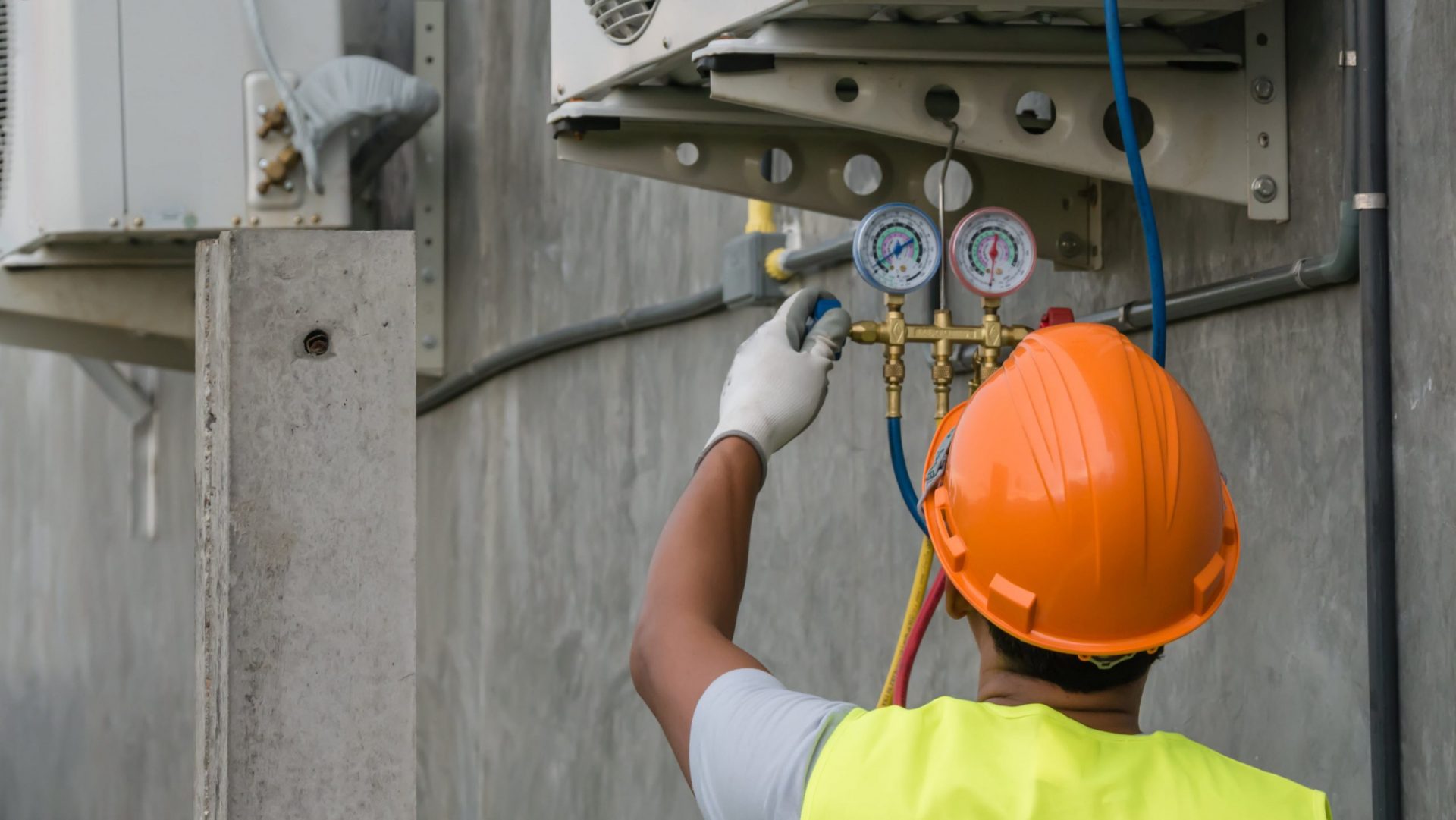
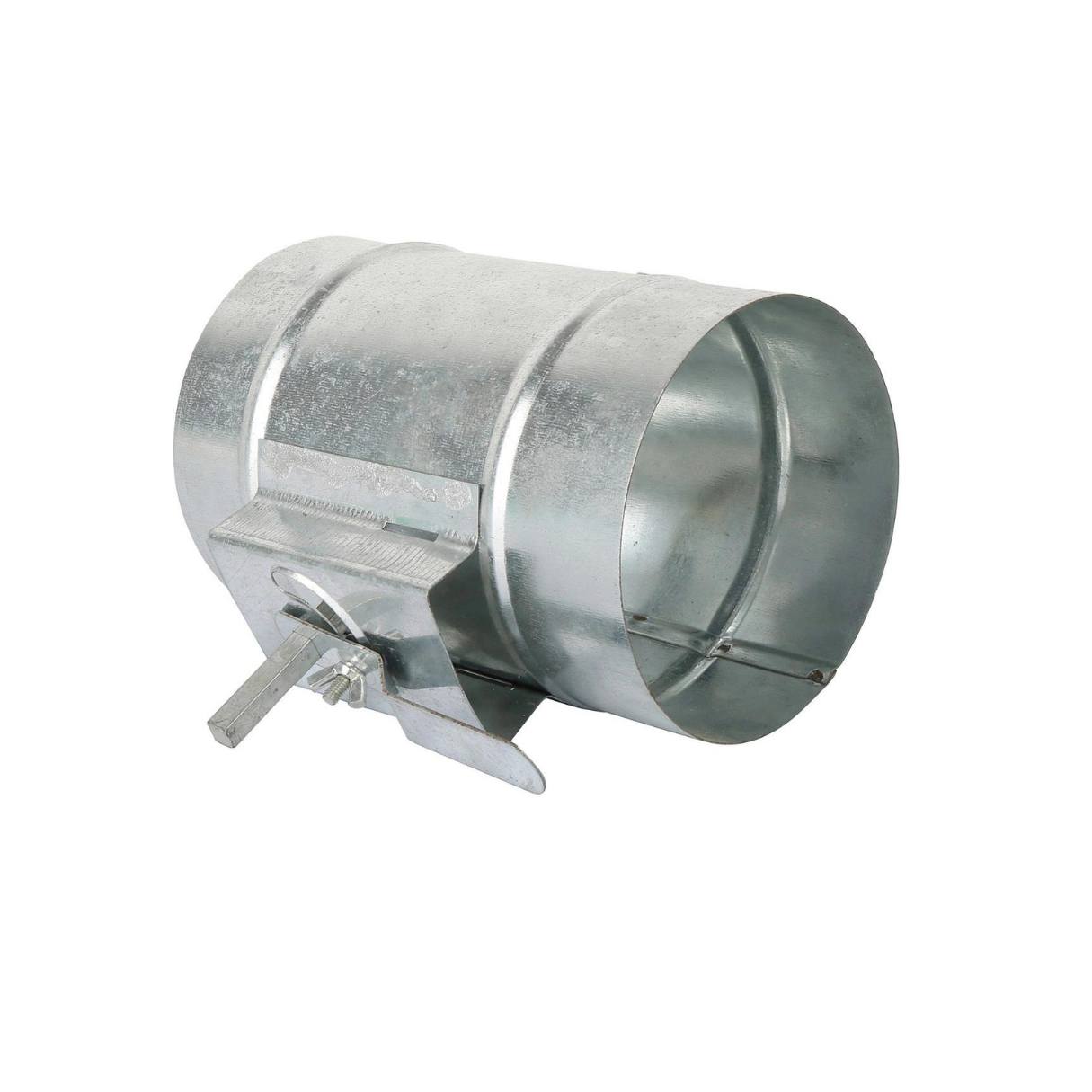
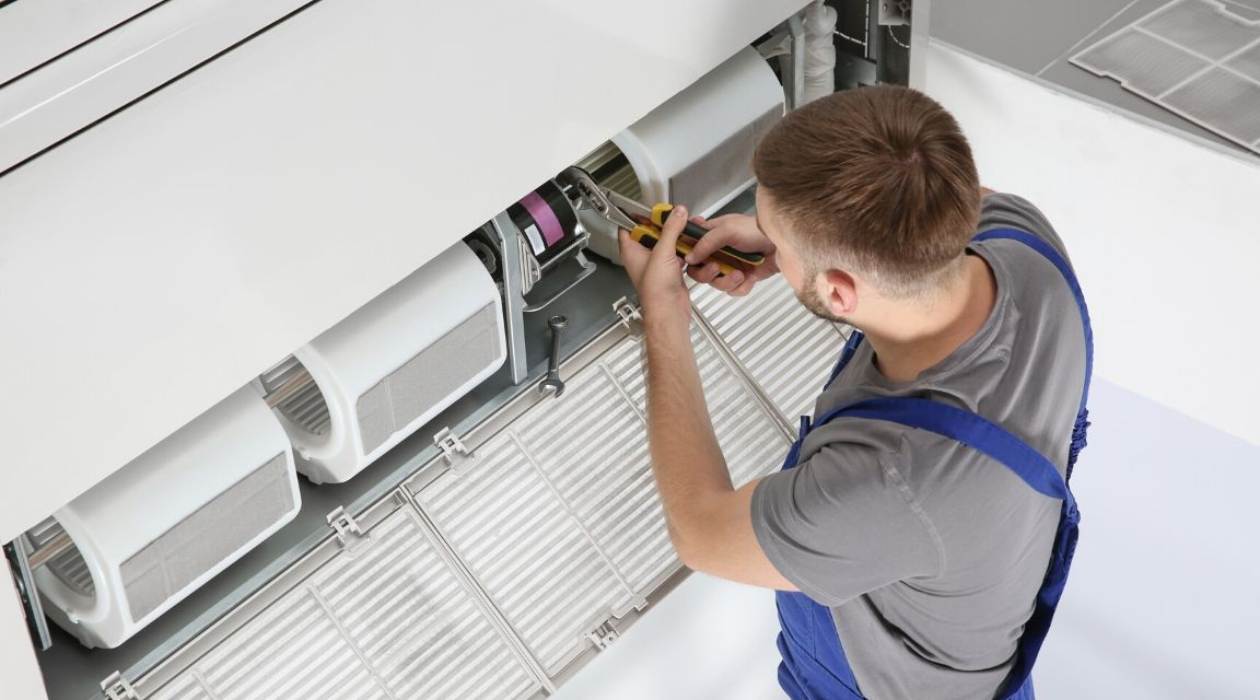
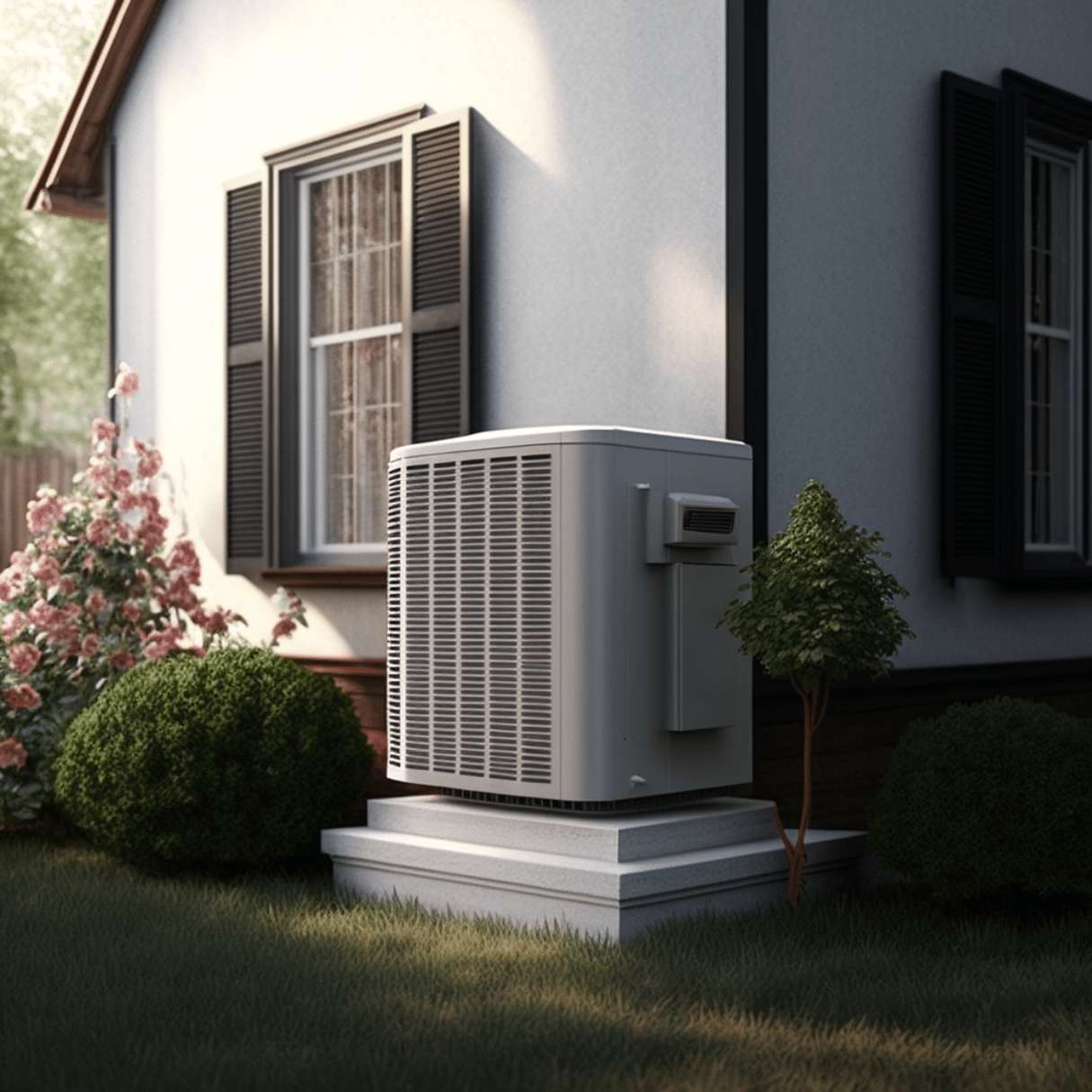
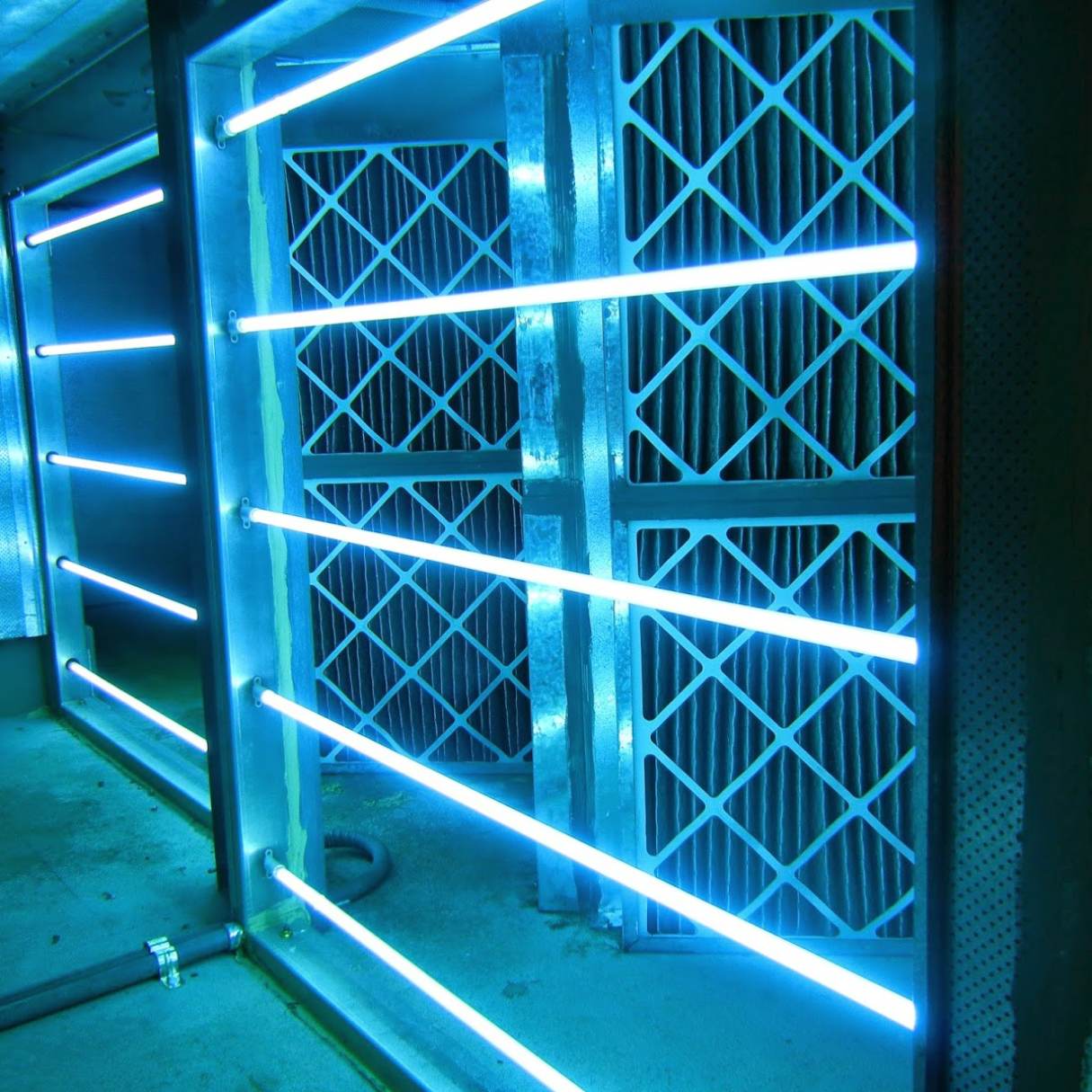
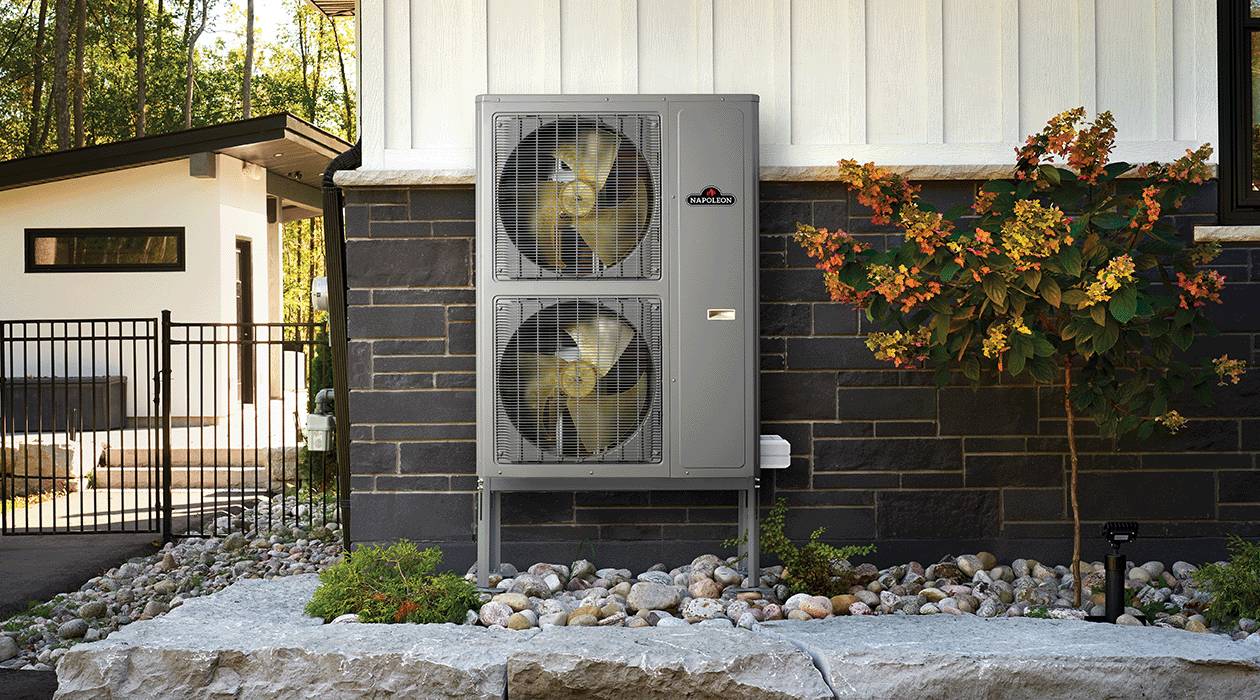
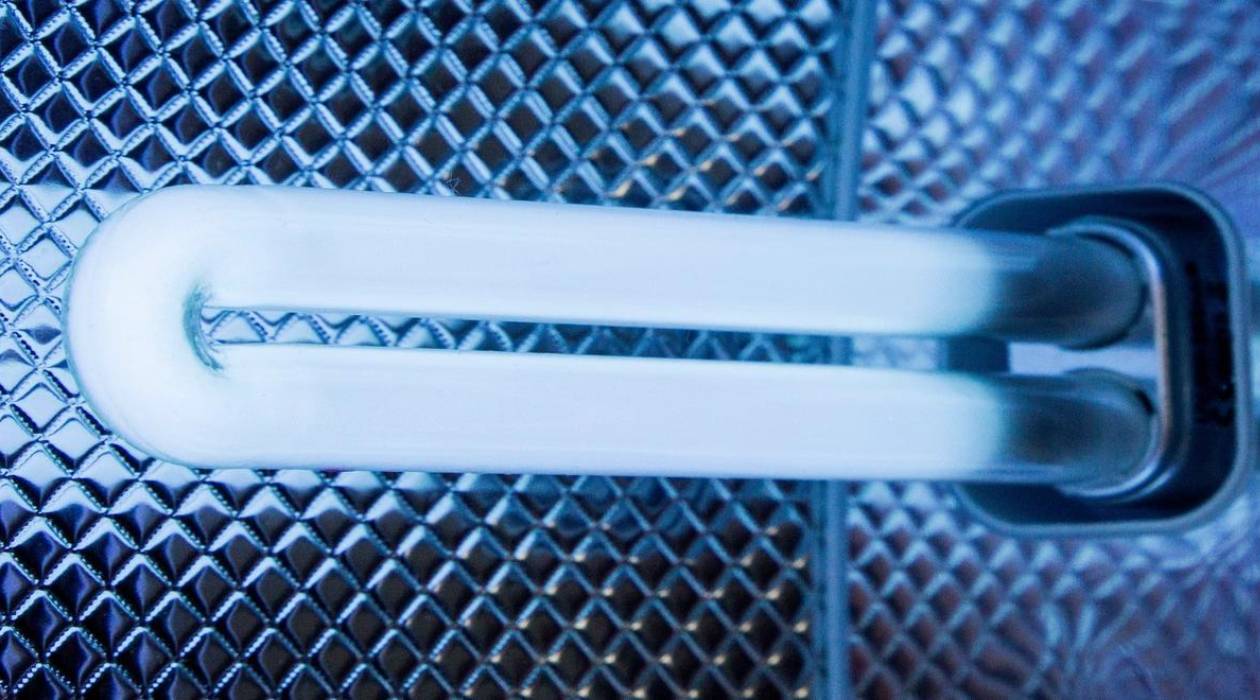
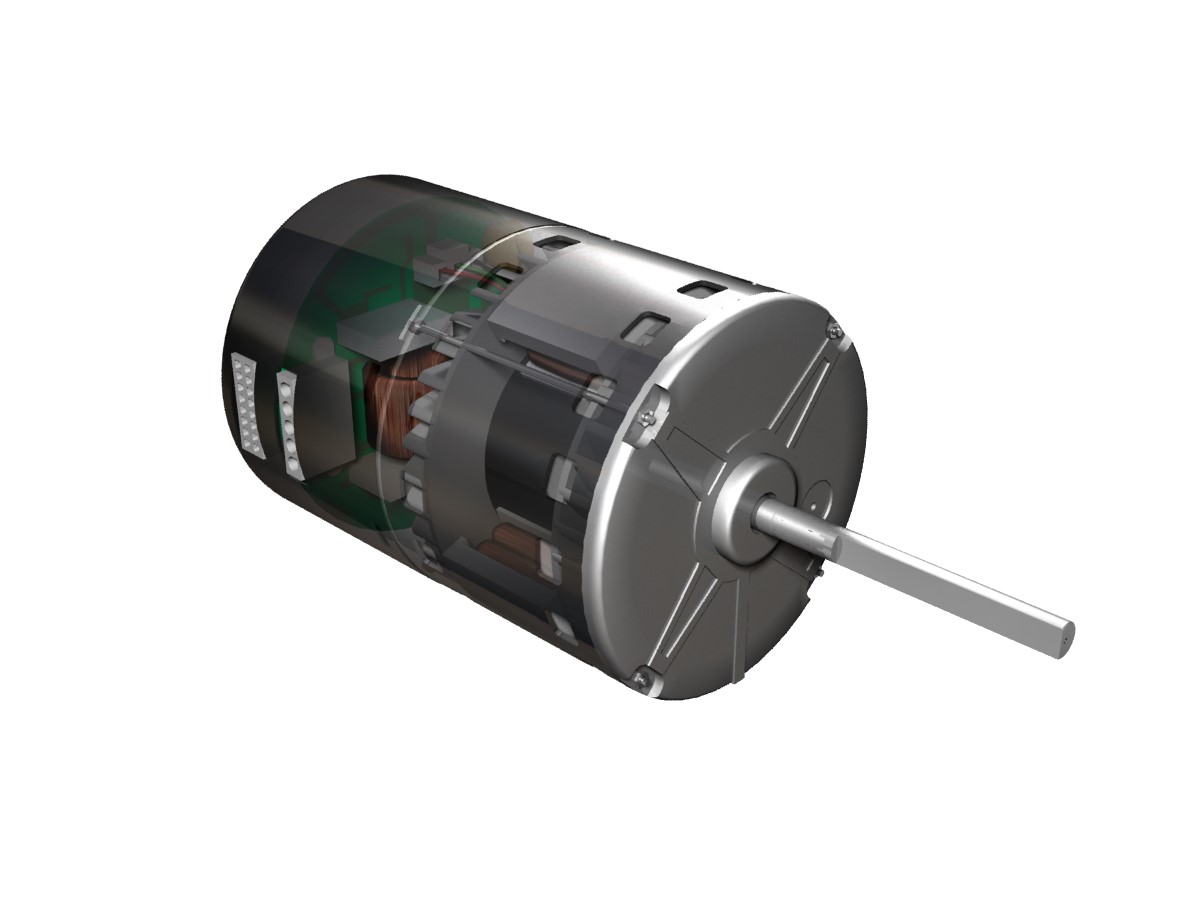
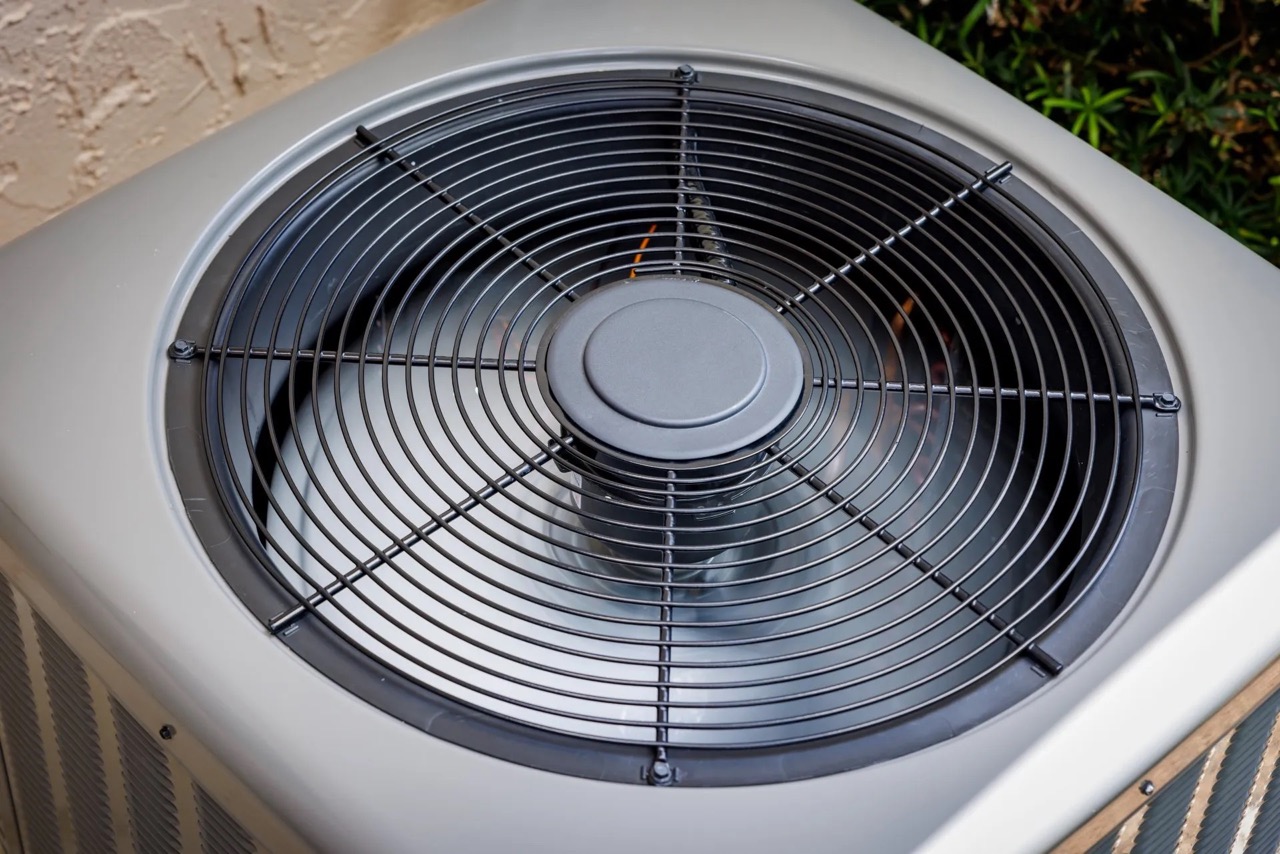
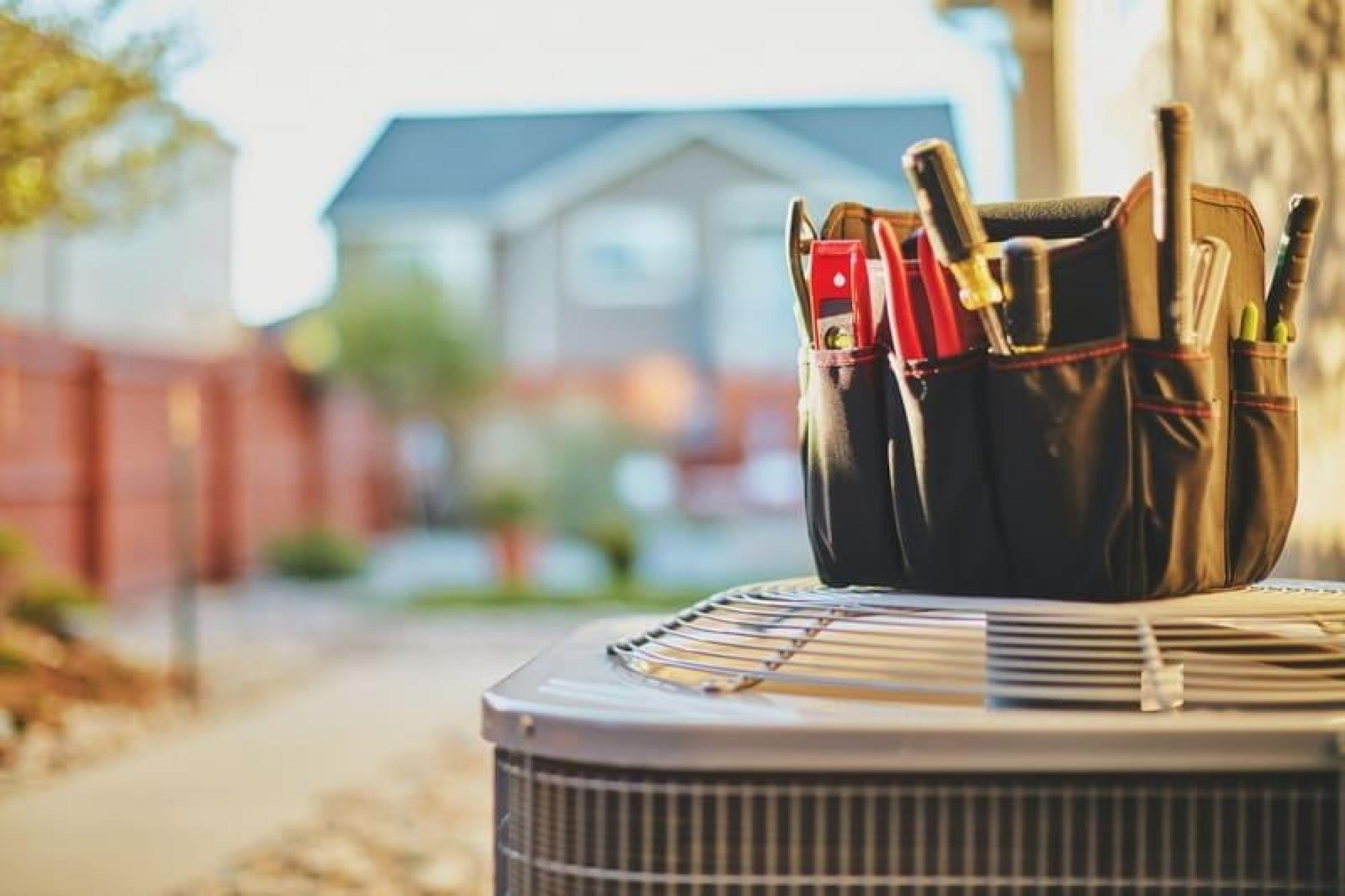


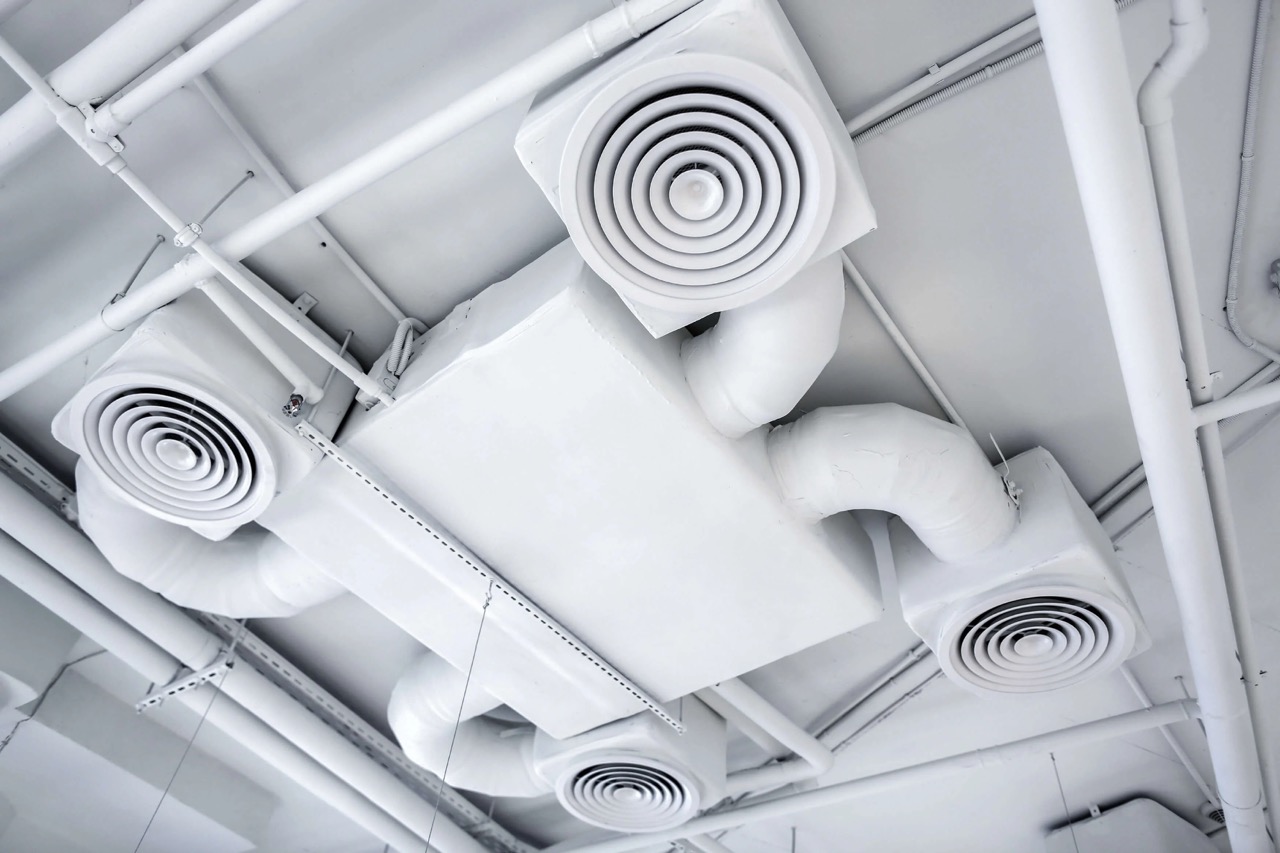

0 thoughts on “What Does An HVAC Installer Do”